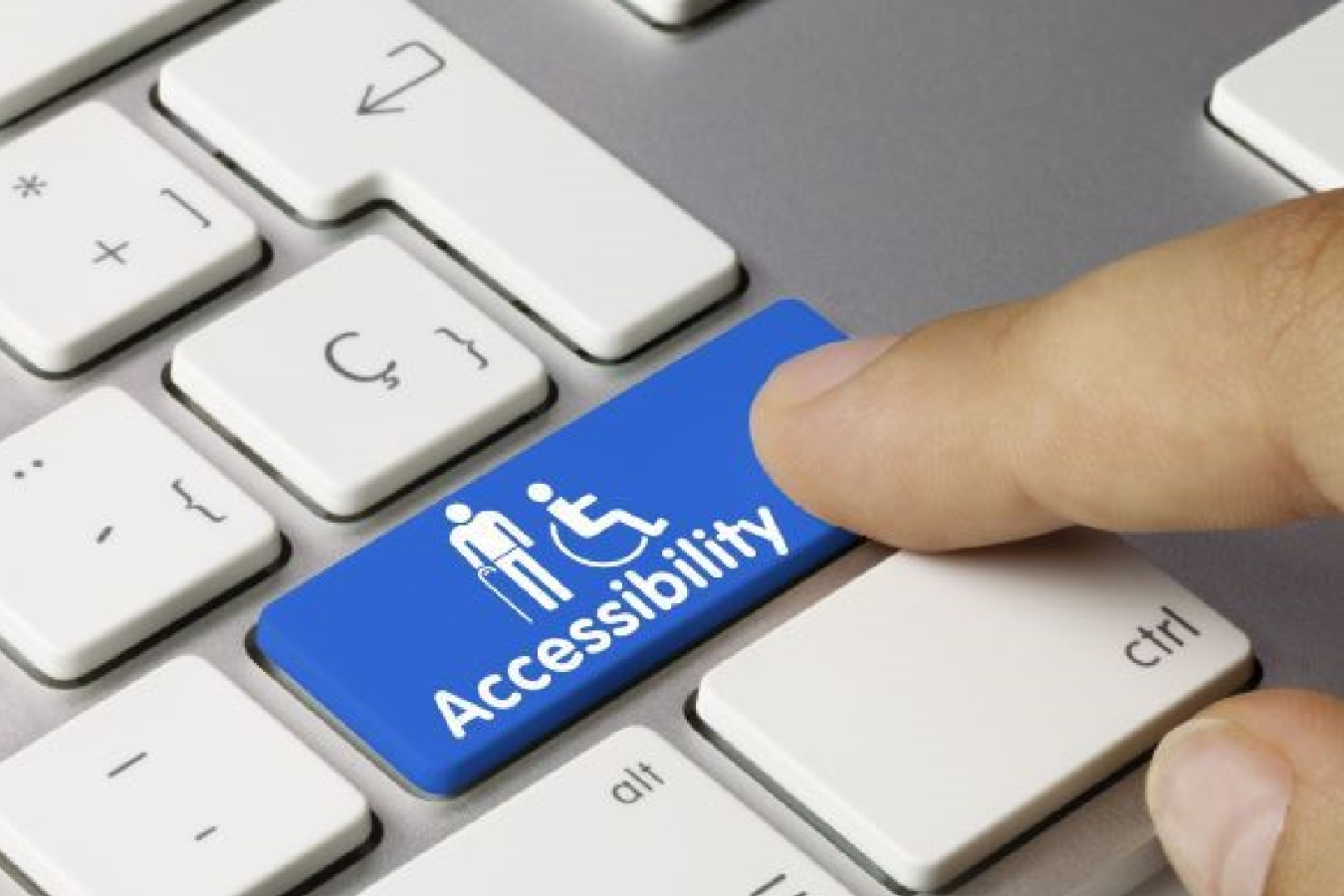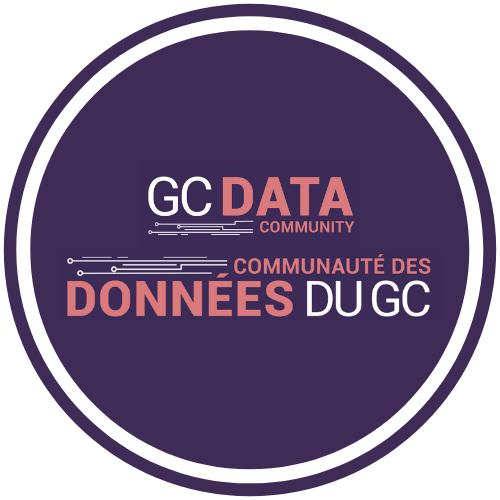The Employment and Social Development Canada Accessibility Data & Measurement Strategy explained.
Contributors:
Cat Penney
Junior Policy Analyst
ESDC
Ziad Chaar
Senior Policy Analyst
ESDC
Jeremy Plaunt
Senior Policy Analyst
ESDC
Tara Servais-McRae
Junior Policy Analyst
ESDC
Brhanu Derbew
Junior Policy Analyst
ESDC
Transcript
Hello, everyone. We're the results in delivery unit team at ESDC's Accessibility Secretariat. We want to tell you about the accessibility data and measurement strategy that we are currently developing. First, we would begin we should begin by acknowledging that the land we are on and the gathering on today is traditional, unceded territory of the Algonquin and Anishinaabe people.
Why should we talk about the strategy, you're wondering? Well, the Accessible Can Act (ACA) has been law since July 2019. Its purpose is to benefit all Canadians, especially those with disabilities, by creating Canada without barriers by 2040.
When the Act came into force, a number of other initiatives were put in place to support its implementation, including the development of an accessibility data and measurement strategy to gather data and measure progress under the Act. The strategy is being developed with our ESDC partners. That is the Office for Disability Issues, the policy, the Social Policy Research Directorate and the Chief Data Office, as well as our data collection partners at Statistics Canada. This is being done in consultation with the disability community, academics and researchers, as well as partners across the federal landscape.
So let's talk some challenges and opportunities. As far as we can tell, strategy is one of the first coordinated national approaches to measuring accessibility in the world. Accessibility is a new and understudied area as there is a lack of consistent, measurable data on barriers to accessibility in Canada, in particular for Indigenous peoples. Well, this lack of data presents an opportunity for EDC and its challengers, sorry... and its partners to fill data gaps with innovative data collection, taking a new look at existing data and partnerships with federal departments and agencies. And engaging the disability community by embracing the principles of 'Nothing Without Us.' This is also an opportunity to prioritize fully accessible collection, administration and dissemination of data, as well as to cultivate the culture of open data on the topics of accessibility and disability.
Now, let's talk solutions. We have a five year memorandum of understanding in place with Statistics Canada to help us develop key projects for our strategy. Here are a few things that we are doing this year. Number one, public opinion research. The first Public Opinion Research survey on accessibility barriers was completed in fiscal year 2018-2019. We are conducting a follow up project this year which digs deeper into difficult to measure areas. Number two, Statistics Canada is conducting a rapid statistics survey on the accessibility of federal sector organizations. Results are expected this summer.
Number three, we are also investigating new information sharing agreements with federal partners to share key elements of data sets. Number four, Statistics Canada and ESDC are testing the feasibility of an accessibility data hub on the Statistics Canada website to publicly house all federal data on accessibility. And number five, we are also putting in place a new DG level steering committee to help guide the strategy and to ensure coordination across government. This is just the start of how we are going to collect, measure and disseminate data as we strive toward a Canada without barriers by 2040. Thank you.
Courses/Resources

Discover Series: Discover Data
The Role of Data in Digital Government (I511)
Making Data-driven Decisions (I514)
Infographic: The Accessible Canada Act
Digital Standards Playbook – Build in Accessibility from the Start
Translation Bureau Accessibility Glossary
Accessible Design Helps Everyone
WC3 Strategies, standards, resources to make the Web accessible to people with disabilities

